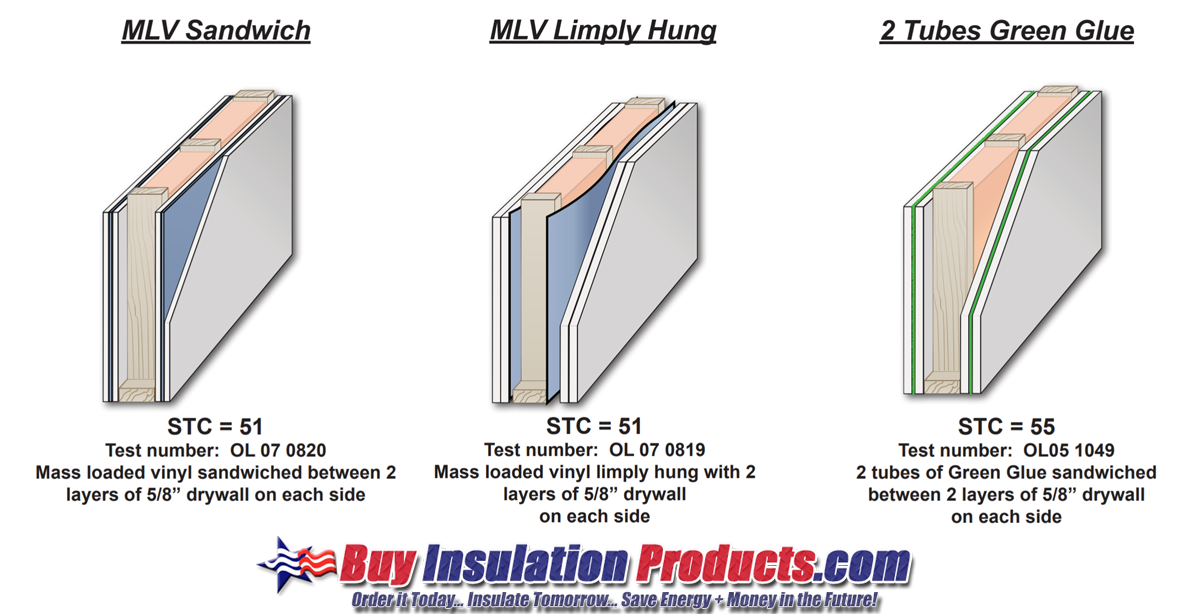
There’ll be plenty in there that’ll give you frank and accurate information about the product’s performance. If you can’t easily find this, then go with thickness and also look at customer reviews. Just be aware that not every product (not even all the good ones) will have a visible STC or ITC rating. Again, the higher the number, the better. Impact noise is the biggest issue with flooring, particularly hardwood, and the ITC shows how good the flooring material is at reducing this problem. The higher the number, the better the product is at attenuating noise. This is a numeric rating applied to products to show how good they are at soundproofing. Mass helps to absorb sound waves and makes it harder for them to pass through an object. In soundproofing, mass is your best friend. What to look for in soundproof flooring materials However, if you’re planning a full-gut of the room, including ripping up the floor, then I’d definitely recommend throwing some insulation under there. In this article I’m going to focus on the more practical and less invasive options, so I won’t be looking at things like floor insulation. While this doesn’t completely solve the issue, they do still make a big difference.

Much like normal acoustic tiles, these help to reduce echo and reverberation. The dense material prevents sound waves from echoing. This stuff you’d actually put around the floor joists, so under your flooring, and it does the same job as insulating a stud wall. It’s particularly effective for use under carpets because it’s so thin. It’s thin but very dense, which is perfect for sound absorption. This is one of the heavy hitters in the soundproofing world. All but the cheapest carpet underlay will do something to reduce noise levels, but there are also plenty of soundproof versions available. Thicker is better, but for truly soundproof carpet, you’ll want to combine it with soundproof underlay. Carpet itself isn’t necessarily soundproof, but a thick shag carpet will do wonders for noise levels.Types of soundproof flooring materials available In this article, I look at the best soundproof carpets and flooring materials, along with the general types available and the most important things to look out for. Luckily, there are still plenty of excellent options to help you reduce noise levels traveling through your floor.


However, most products don’t perform to the desired levels, and if you don’t know what to look out for then you can end up wasting lots of money. When it comes to soundproof carpets and flooring materials, the market is pretty saturated. I’ve lost track of the amount of times I’ve been to visit a friend in their apartment and have been able to hear their neighbor stomping around upstairs! For a variety of sound problems, this is a cost-effective solution developed by Envirotech.Soundproofing a floor doesn’t necessarily need to be saved for only the most serious soundproofing projects. Mass Loaded vinyl provides amazing noise reduction capabilities and is also safe and easy to use. Whether you’re a contractor, a sound engineer, or a DIYer, you can easily block sound waves with the help of Envirotech Mass Loaded Vinyl. The Mass Loaded Vinyl as an effective sound control option is good news for architects and engineers. It is also Resistant to aging and deformation. It offers long-term performance without collapse or “bottoming” out under high points loads. It is suitable for all finishes including wood, ceramic, granite, stone, and marble tiles. Envirotech Mass Loaded Vinyl is the ultimate noise reduction product for residential and commercial buildings.

It is essentially a rubber resilient layer that is installed underneath the final floor, wall or ceiling finish isolating it from the structure of the building. Envirotech Mass Loaded Vinyl is Specifically designed to reduce airborne and impact sound within walls, ceilings, and floors.


 0 kommentar(er)
0 kommentar(er)
